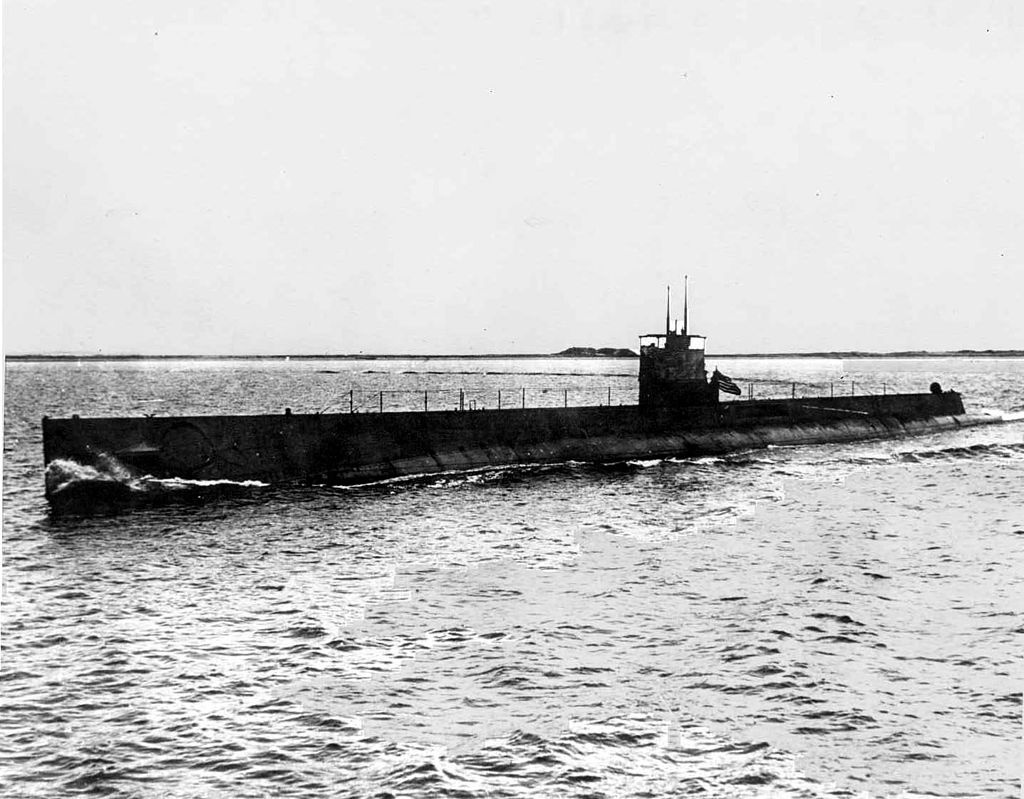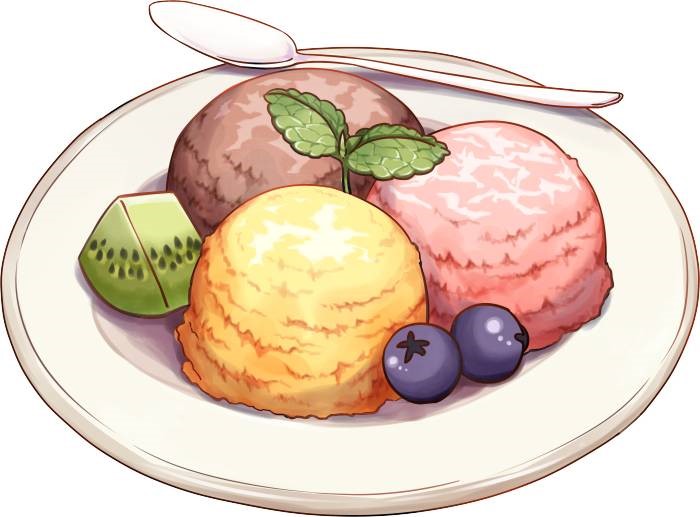Welcome to another one of my sub corners. Hope you’ve had a good evening!
So, before I begin, I would like to complain about something.

Morgane, you really should figure out a way to organize all the things you write. The website’s a mess and frankly nobody can find much of anything. It’s hard to find what things are related to shipgirls and which things are actually related to history…
I know. ;_; I’m working on it.
Anyways. I want to take us a little further back in history to the 1920s. You see, despite the usefulness of the submarine, most of the major world powers really didn’t know how to build them very well. After all, the first sea-going submarines came out around 1910 – those being the D-class of the Royal Navy and the U-19 for the Imperial German Navy respectively.
What’s important to keep in mind was that the unrestricted U-boat campaign during 1917 and 1918 sparked a lot of lightbulbs in the naval designers of various countries. The victorious Allies took the German U-boats and studied them carefully, then applied what they learned to their own submarine designs.
For the U.S. Navy, though, the U-boat was nothing short of an epiphany. The US Navy had initially saw the submarine as a good coastal defense unit. Seeing what the Germans had made the Americans realize that submarines could be very useful in scouting the Pacific if they could sortie out from Hawaii or bases in the West Coast. They were also very interested in technical elements such as hinged masts that would facilitate long distance radio communications, chemicals used for air purification, and of course, items used for submarine rescue.
The thing is, though, many of the German U-boats were optimized for commerce raiding and port patrols. That isn’t exactly what some of the naval commanders had in mind, where great roles of the submarine was envisioned in fleet to fleet actions. For that sort of thing you need high surface speed (to get to where you want – remember submarines throughout World War II were quite slow underwater!) and good communications. So, at the time, U.S. naval designers had a dilemma on their hands – they simply didn’t really know what exactly they would want in the design of these submarines. This resulted in a number of failures such as the T-class submarines, and it took them quite a while before getting to, well, the good stuff!
You have to understand that the first of the “Fleet Boats” – that’s to say, submarines designed not for coastal defense, but “fleet actions” (going out over long distances to attack the enemy) were authorized in 1916. These were nine additional submarines, and by the time the Washington Naval Conference occurred, three of them were already laid down.
However, these submarines were very large and very expensive, and only six would be completed within the decade. In total, the nine different V-boats would really fall under three broad categories, and as you will see later on, they were very different from one another. The Narwhal and Nautilus, for instance, would be almost twice as large (in terms of displacement) when compared to the earlier boats!
Let’s take a look.

(Image of AA1 taken from navsource.org)
I tend to call these guys T-boats. The Navy changed its nomenclature system quite a bit, so you will find them being called SF 1, AA1, or later on, T1. There were three of them, and they had a displacement of about 1000 tons. They were quite large (twice as big as any U.S. submarines at the time) and were completed after World War One. The primary goal was for these submarines to accompany the surface fleets into battle. That’s why they were equipped with four large NLSE diesels that could make them go at about 20 knots.
However, what they found was that the doubling up of the diesels (the T-boats had two shafts) resulted in very severe torsional vibration problems for the ship. While the T-boats were able to make 20 knots during sea trials, subsequent trials showed that they could not keep up with the fleet at all.
This, among a slew of other issues, resulted in the T-boats being decommissioned in just two years. I’m not saying it was a good design at all, and in all honesty it’s a pretty big waste of money. But, it did get the U.S. started on its long journey towards making better submarines.



